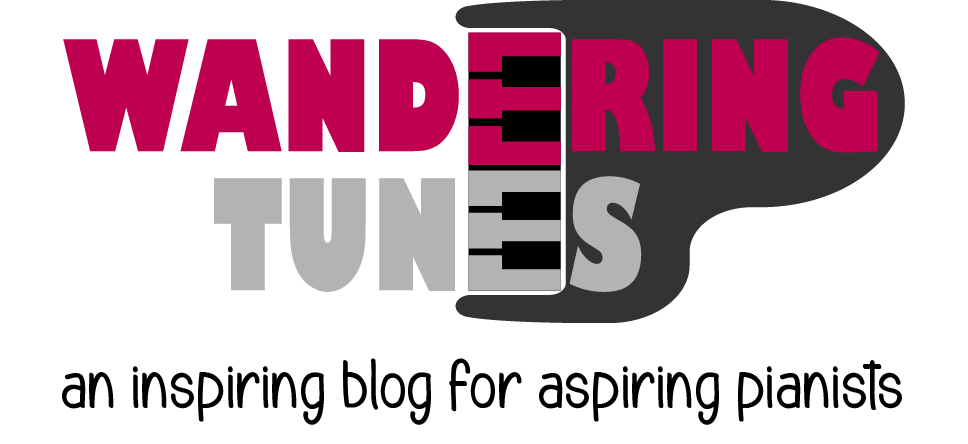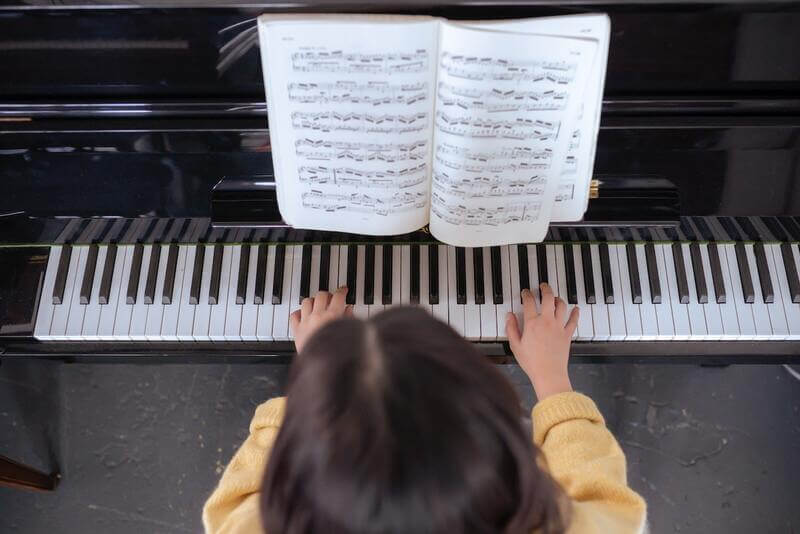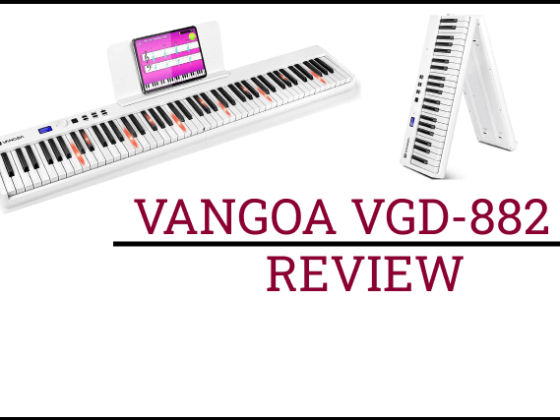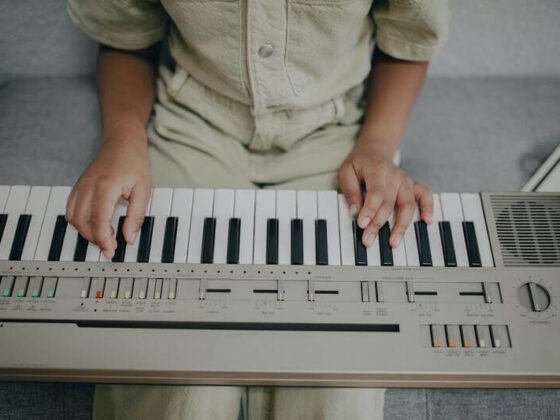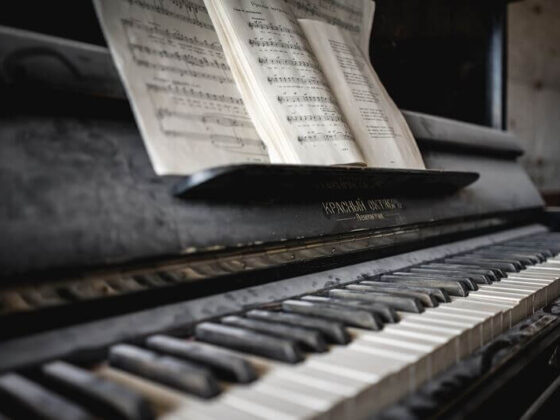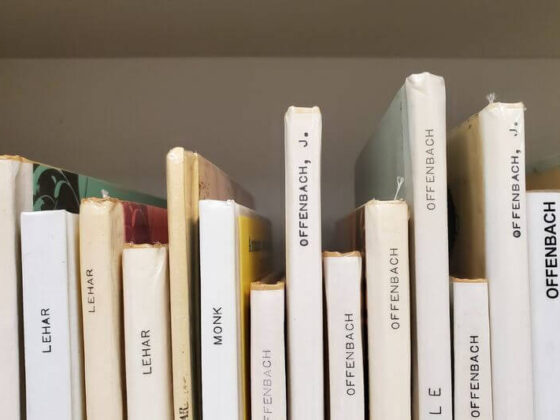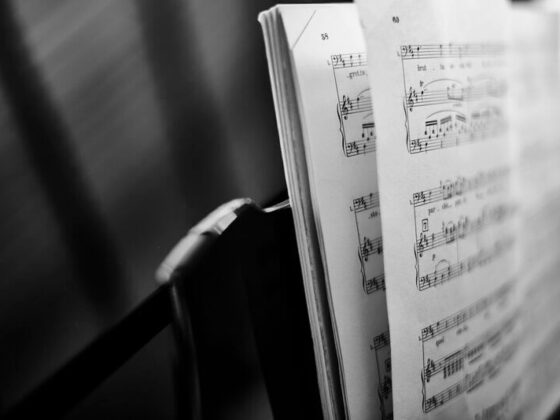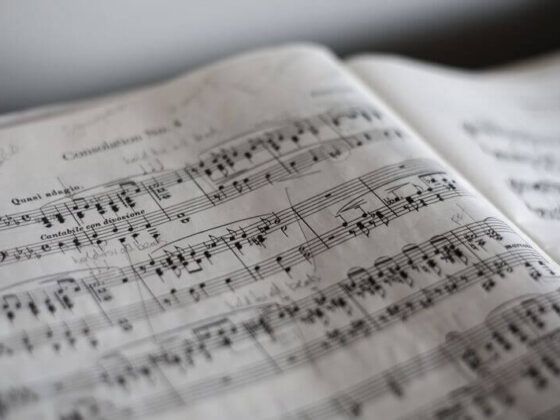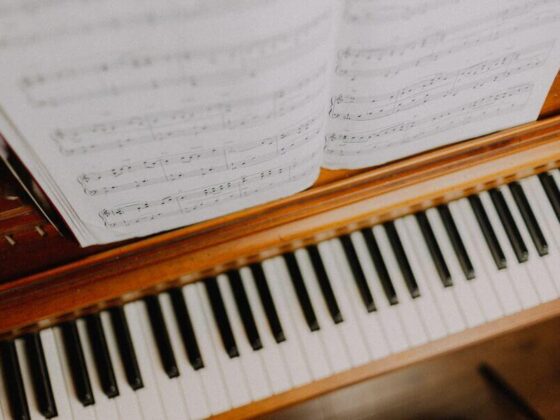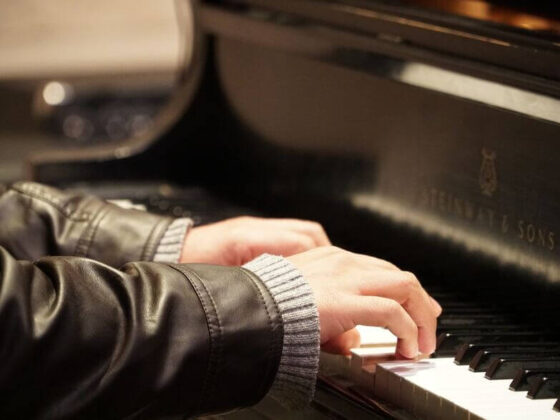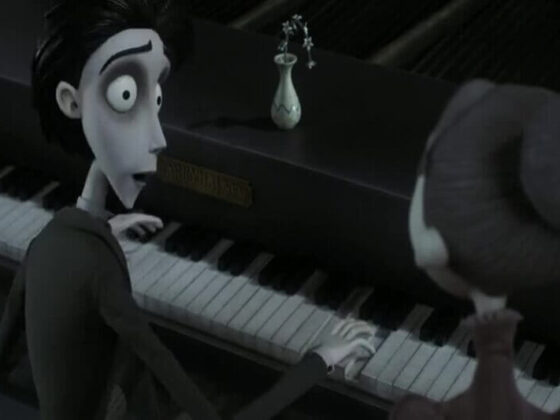Practicing from sheet music books can get quite annoying. You put your book on your music stand, and open the page you will practice, only to see that the only thing your book does is constantly close and sabotage your practice. If this sounds familiar to you, keep on reading to learn how to keep a piano book open.
As a pianist who has spent most of her life practicing from thick music books, I’ve had my share of books that just won’t stay open. In today’s post, I will share all of the methods I’ve used that have worked for me and hopefully you will find a solution that will work for you as well.
Before talking about what you need to do to keep piano books open, let me first share what you shouldn’t do: Bending the spine of your music book. While it may look like a quick and easy fix, bending your music book can cause damage and it’s not an ideal way if you want to keep your books for a long time.
Now, let’s jump to the list. Read on to see how you can hold your piano books open and keep the music flowing!
Use Music Book Clips
One of the best ways to keep piano books open is to use these kinds of music clips that are designed specifically to hold music books! Music book clips are usually made of durable plastic or metal and come in various sizes to fit different types of books.
To use music book clips, simply clip them onto the edges of your book’s pages and position them in a way that won’t block your view of the music.
One thing to note is that the plastic music book clips are not very good at holding thick books. Also, when you’re playing a piece at the very beginning or end of the book, the plastic clips tend to fall off because the two sides of the clip become unbalanced.
Music clips made out of metal like these are much more practical and will securely hold your sheet music book no matter how heavy or thick it is.
Use a Weight
If you need an immediate solution at home, try keeping your sheet music books open with a weight. You can use any heavy object as a weight, such as other thick books, a jar of coins, or even a bag of rice. Simply place the weight on two sides of your book to hold it open.
For this method to work, the music stand on which you will place the book and the weight should be sturdy and big enough to hold everything at once.
This method is simple and effective, but it may not be the best choice for music books with delicate pages or spines. Additionally, you may want to use a weight that won’t damage your book or scratch your piano’s surface.
Get Your Books Spiral Bound
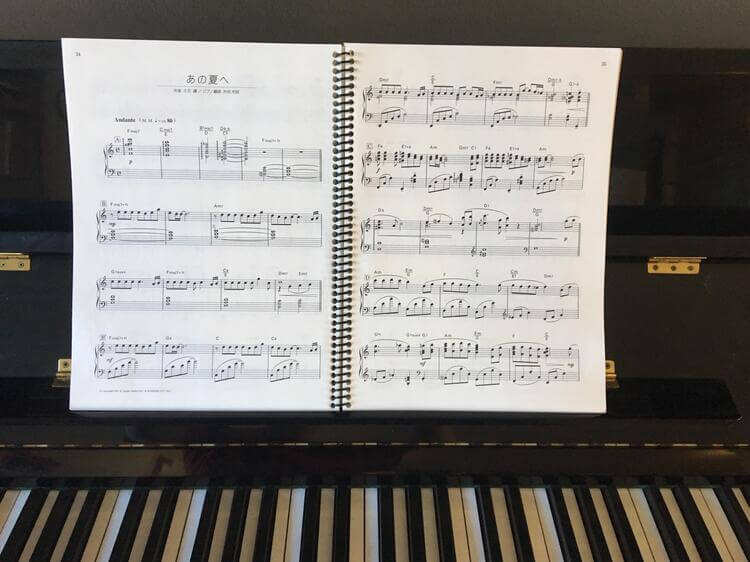
Getting your books spiral bound is another effective method if you have a collection of books that you use frequently and you don’t want to deal with binders, clothespins, or weights every time you open them. This way, your books will keep flat and you will easily be able to turn the pages without worrying about the book closing on its own.
To get your piano books spiral-bound, take them to a local print shop or office supply store. They will be able to give you an estimate of the cost and timeframe for the binding process. I’ve had many of my piano books spiral bound and this method solves the problem once and for all.
You can also opt for spiral-bound versions of the music books you buy through Amazon, though not every book has this option. Although more costly, buying directly the spiral-bound option of music books can save you the time it takes to take books to the print shop afterward.
Use Clothespins Or Binder Clips
If you have clothespins or some binder clips laying in your home or office, you can use them to prevent your music books from closing. This method involves clipping the edges of the pages together. Alternatively, you can clip the edges of the book to the music stand to hold the book firm.
One potential downside is that clothespins or binder clips may sometimes damage the pages of the book or leave slight marks on them. To prevent this, you can use rubbery grip clips or cover the clips with tiny bits of felt or fabric to reduce the chance of damage.
Photocopy the Pieces You Want to Play
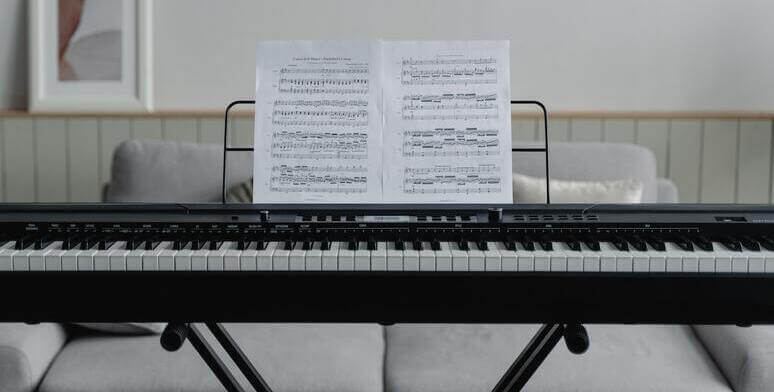
When you only need to practice a few specific pieces from your sheet music book, you don’t need to deal with the entire book closing. You can just photocopy the pages of the pieces you will practice and play from the photocopies instead of the original book.
Another advantage of this method is that you can mark the sheet music or take notes while still keeping the original book clean. This is especially useful if you have borrowed the book from someone else.
Related: Best Pencils for Musicians: Writing and Marking Music
One thing to note is that photocopying copyrighted music may be illegal in some cases, but you shouldn’t have any problem photocopying from your own original copy.
Practice With a Digital Device
Another method I use is to download the sheet music to my Ipad Air and place the tablet on my music stand instead of reading the notes from a book. This way, I’m also able to zoom in or adjust the font size of the sheet music as I can comfortably read.
Tablets and e-readers will come in handy if you want to utilize this method.
If you’re wondering where to download sheet music to your device, my favorite sheet music website is Virtual Sheet Music. I’ve been on their annual subscription package for years now and it’s the most cost-effective and practical service I’ve used. I love that I don’t have to search for free sheet music any time I want to play something from my Ipad and the service is packed with amazing features. Highly recommend checking them out.
Related: 3 Best Sheet Music Subscription Services
Use a music Stand With Arm Extensions
Alternatively, you can utilize sheet music stands if you have one at home. Most music stands I’ve seen feature arm extensions that help to hold the book open and in place, though not all have them.
You can place the music stand behind your keyboard to read the notes while playing. While it’s not the most practical method for pianists, it’s still worth trying if you have a keyboard and a music stand that has arm extensions.
In conclusion, by using the methods on this list, you can keep your book open and make your practice sessions more productive. Experiment with different methods to find the one that works best for you, and don’t hesitate to share the other helpful methods you are using to keep your music books open on the piano in the comments!
